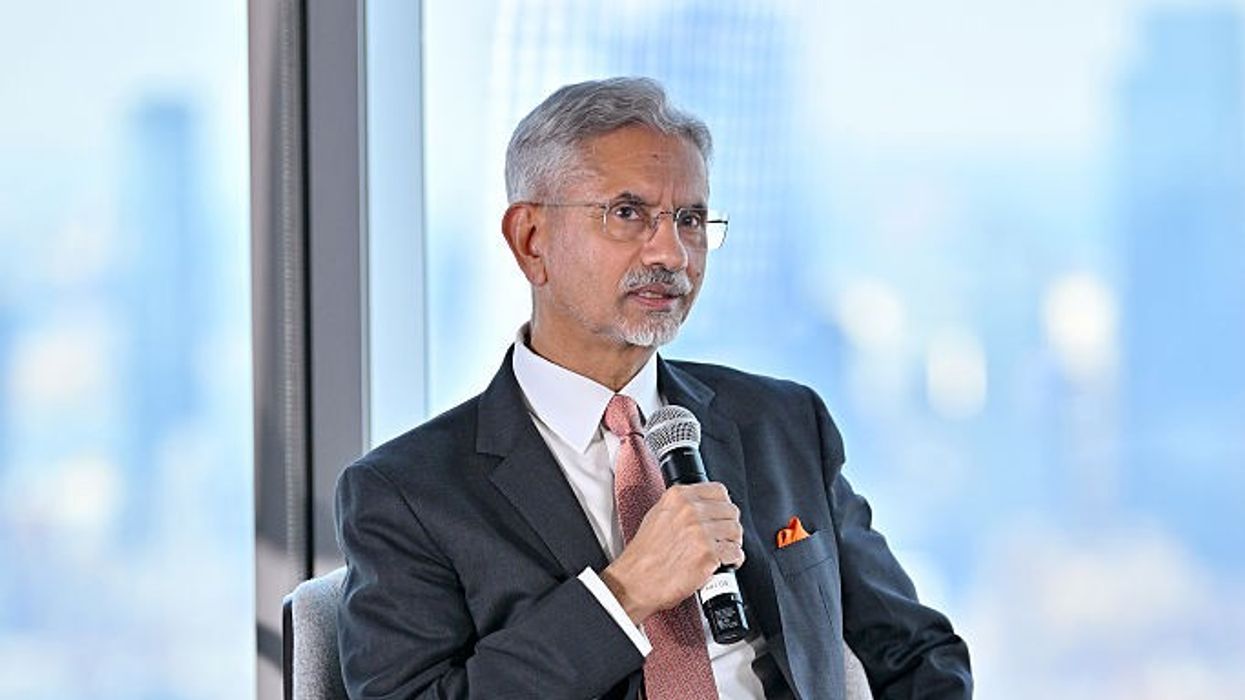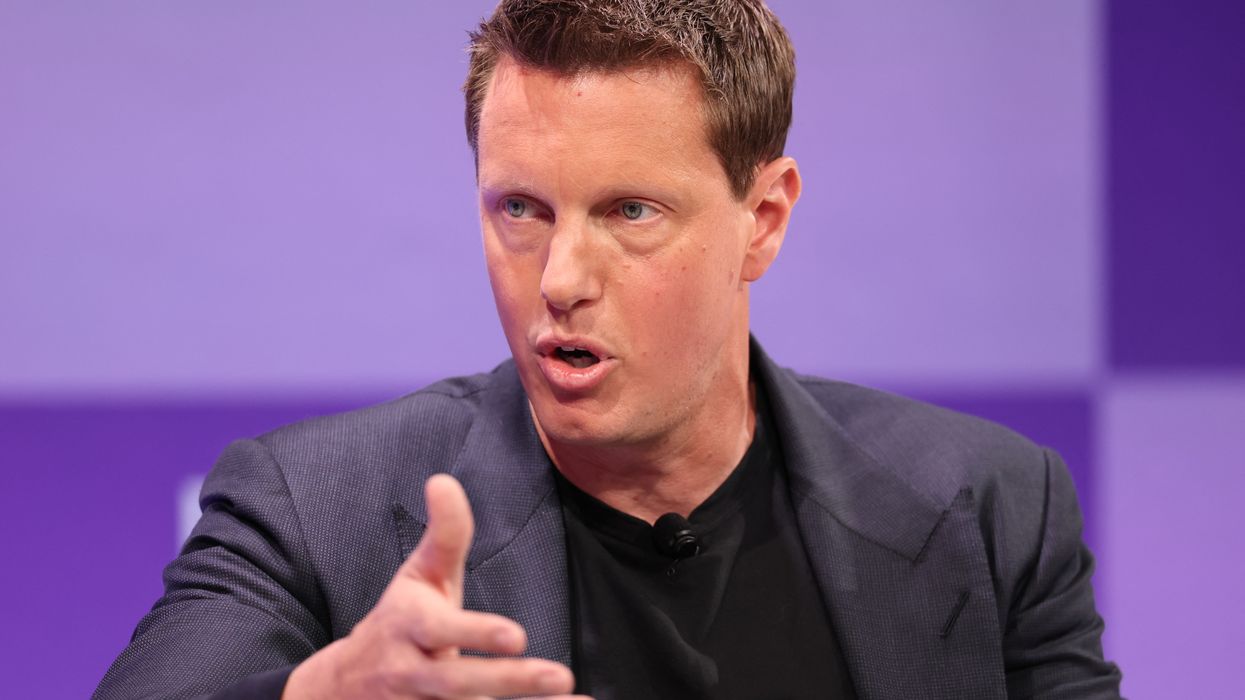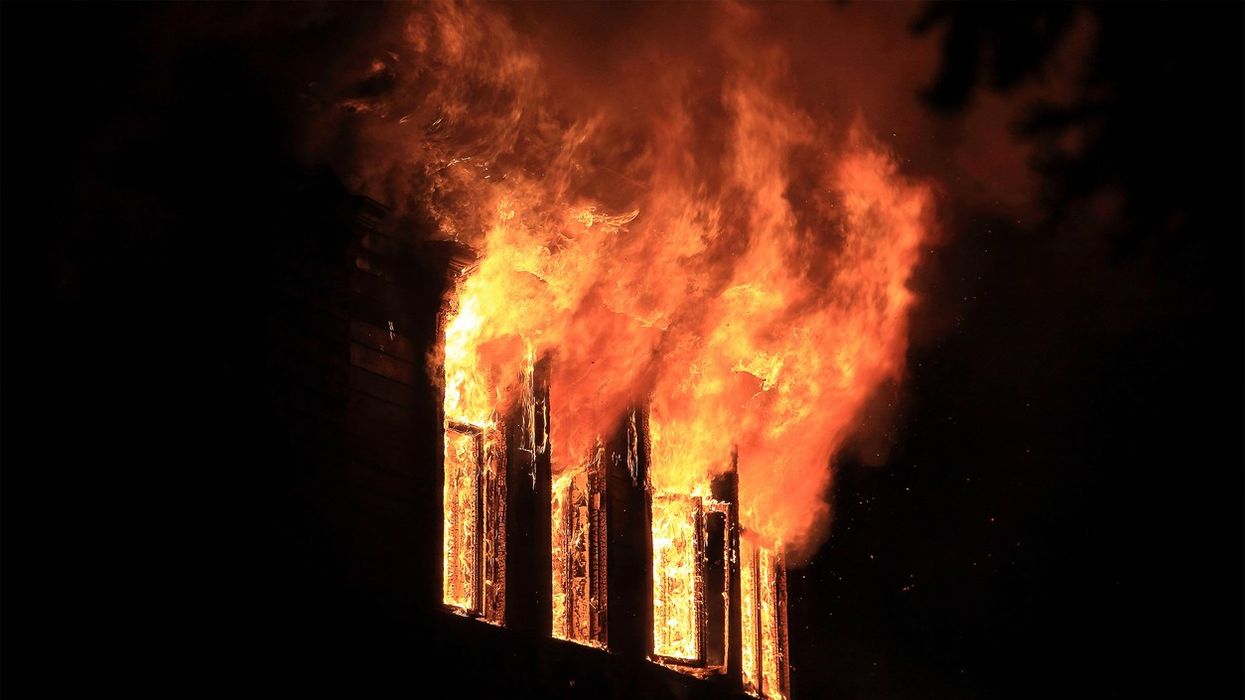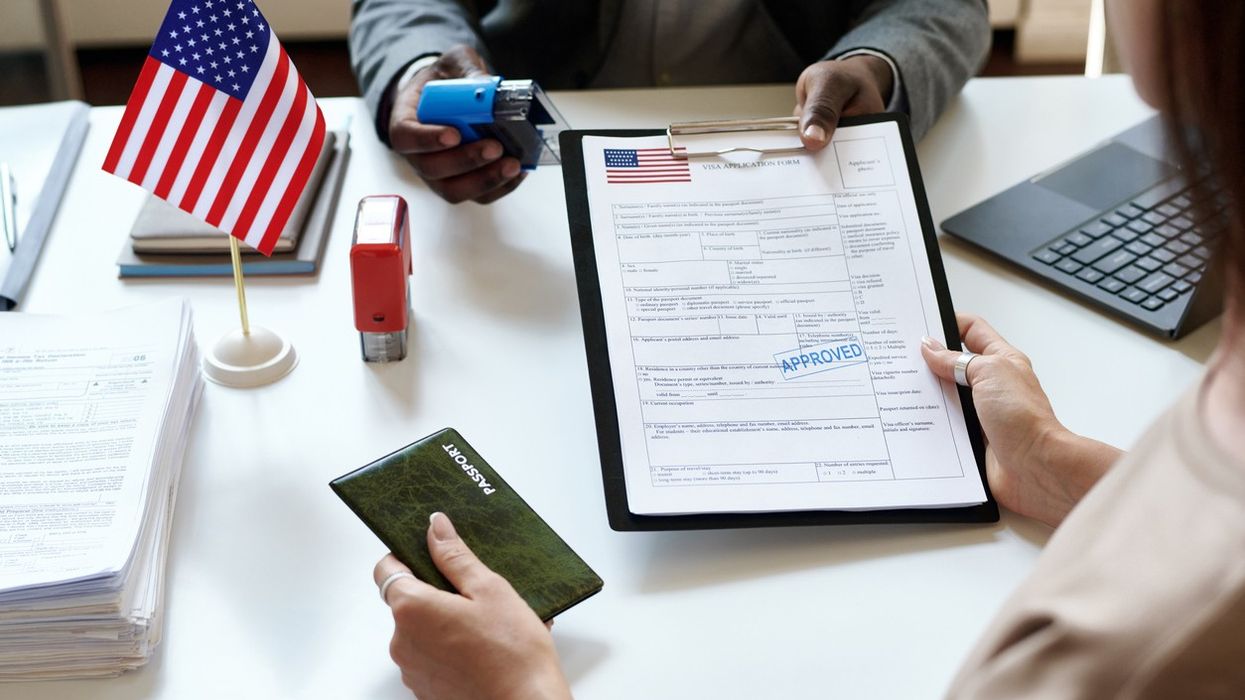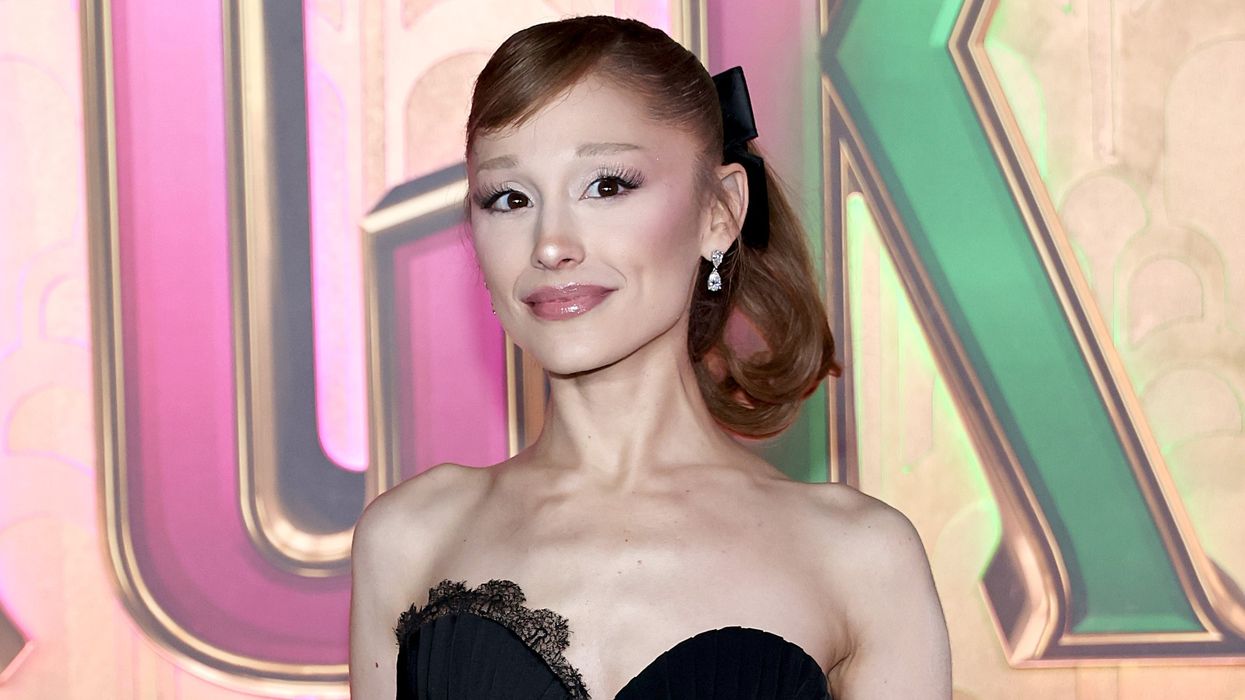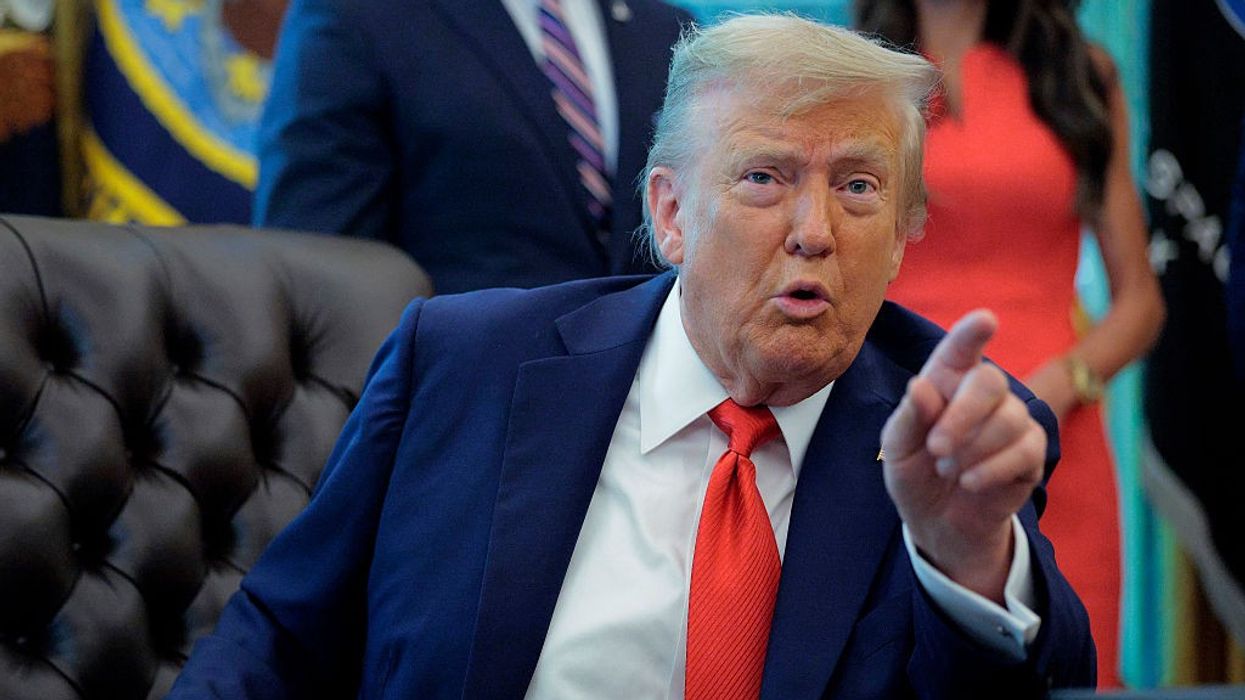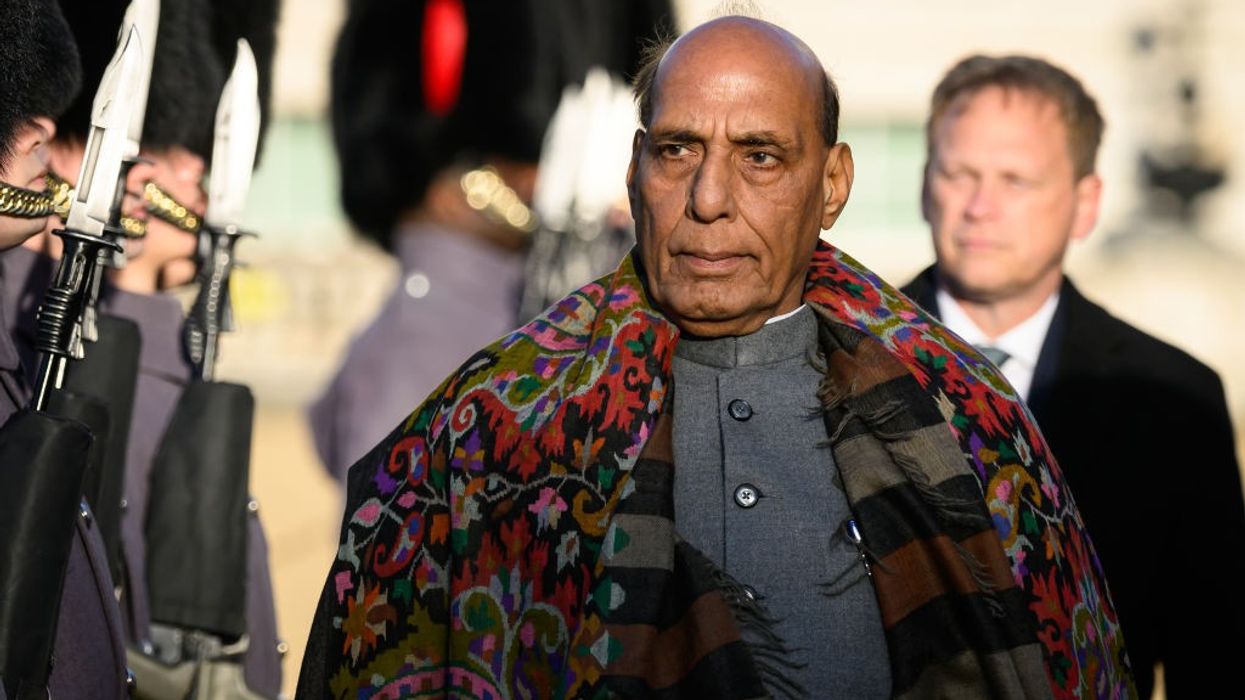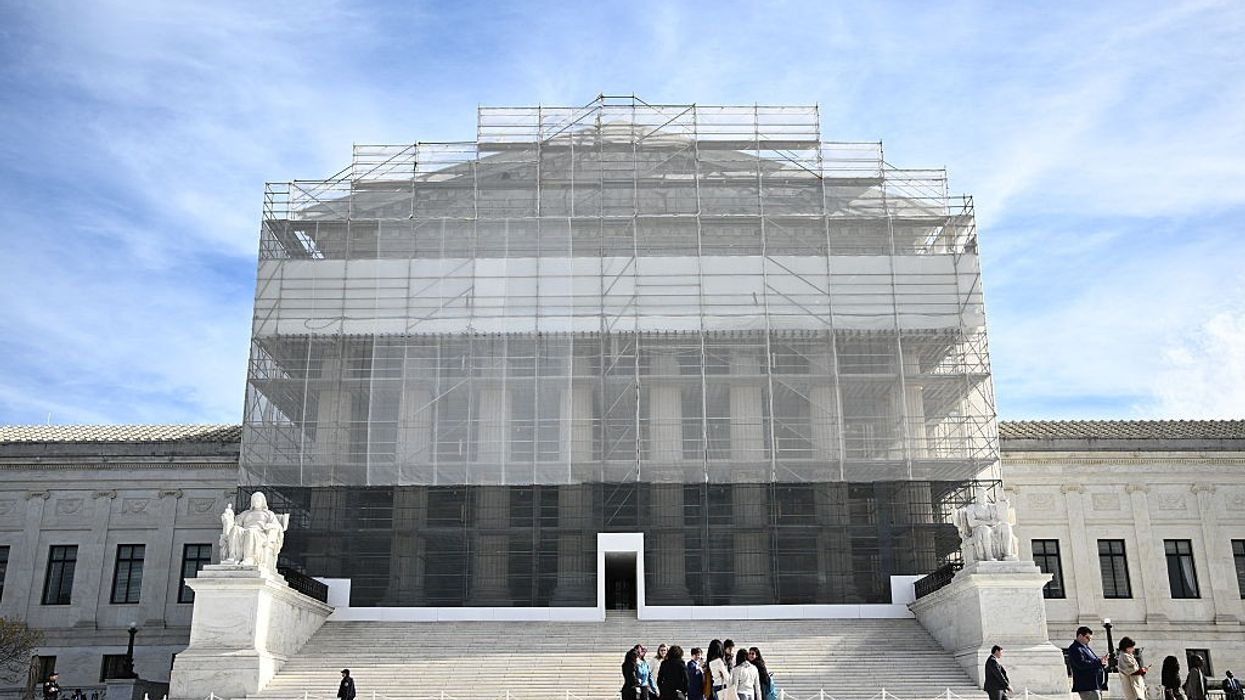Highlights:
India’s foreign policy is currently undergoing a significant test as it navigates the increasingly complex relationships with the US, China, Russia, and other global players. Recent developments, including Donald Trump’s rebuke, Xi Jinping’s outreach, and India’s ongoing energy ties with Putin’s Russia, have brought this balancing act into sharp focus.
India’s strategic balancing act
For over a decade, India has aspired to be a node in the global multipolar order, with deep ties to the US, Russia, and a cautious approach to China. Foreign Minister S. Jaishankar has emphasized the importance of engaging America, managing China, cultivating Europe, and reassuring Russia, while extending the neighbourhood and expanding constituencies of support. However, this carefully crafted balance is coming under pressure as multipolarity faces new strains.
US-India friction and tariffs
Relations between India and the US have soured under Trump, who shifted from supporter to critic, accusing India of helping fund Russia’s war effort by purchasing discounted oil and imposing 50% tariffs on Indian exports. Trump’s criticisms come amidst stalled trade talks, especially over US demands for better access to India’s agricultural sector. India’s position has been complicated by its refusal to open up key markets and Trump’s public claims of mediating the recent conflict with Pakistan—a sensitive subject for Delhi.
India-China rapprochement
Prime Minister Modi’s scheduled visit to China reflects a cautious thaw following a four-year freeze after the Galwan clashes in 2020. India and China remain deeply economically intertwined, with a $99 billion trade deficit in China’s favor that exceeds India’s defence budget for 2025-26. Recent Chinese diplomatic statements have criticized US tariffs on Indian goods and called for a partnership mindset over rivalry. Analysts see India’s rapprochement with Beijing as a pragmatic response to shifting global dynamics—testing alternative alliances and seeking to keep options open in its engagement strategy.
Russia and energy security
Despite Western sanctions, India has continued to buy cheap Russian oil to meet its energy needs, maintaining close relations with Moscow. Jaishankar’s recent trip to Russia reaffirms Delhi’s desire to keep the relationship warm, both as an energy lifeline and as a demonstration of strategic autonomy. Experts say India’s ties with Russia also serve as a hedge against closer Moscow-Beijing ties if US pressures intensify.
Complexities and structural challenges
India continues to hedge its bets, acting as both a pillar of US-led groups like the Indo-Pacific Quad (with Japan and Australia) and a member of China- and Russia-led blocs like the Shanghai Cooperation Organisation (SCO). Its $4 trillion economy and defence sector remain limited compared to China and the US, with reliance on imports for high-value military technology. India also participates in initiatives such as I2U2 (with Israel, UAE, and the US) and trilaterals with France and the UAE, further expanding its diplomatic reach.
Prospects and limitations
Analysts and former officials note that India’s tradition favors strategic ambiguity and autonomy rather than alignment with a single power. The rivalry with China is unlikely to end soon, while Russia is a dependable but not wholly reliable partner. Despite current frictions, the US-India relationship remains essential, with too much at stake for both countries. India’s immediate challenge is to absorb the shocks—from tariffs and diplomatic rebukes—and wait for global storms to pass, relying on strategic patience and adaptability.
In summary, India’s foreign policy today is a complex, constantly shifting balancing act—one that prizes autonomy, seeks flexibility, and cautiously manages relations with the major powers amid unpredictable global change.
